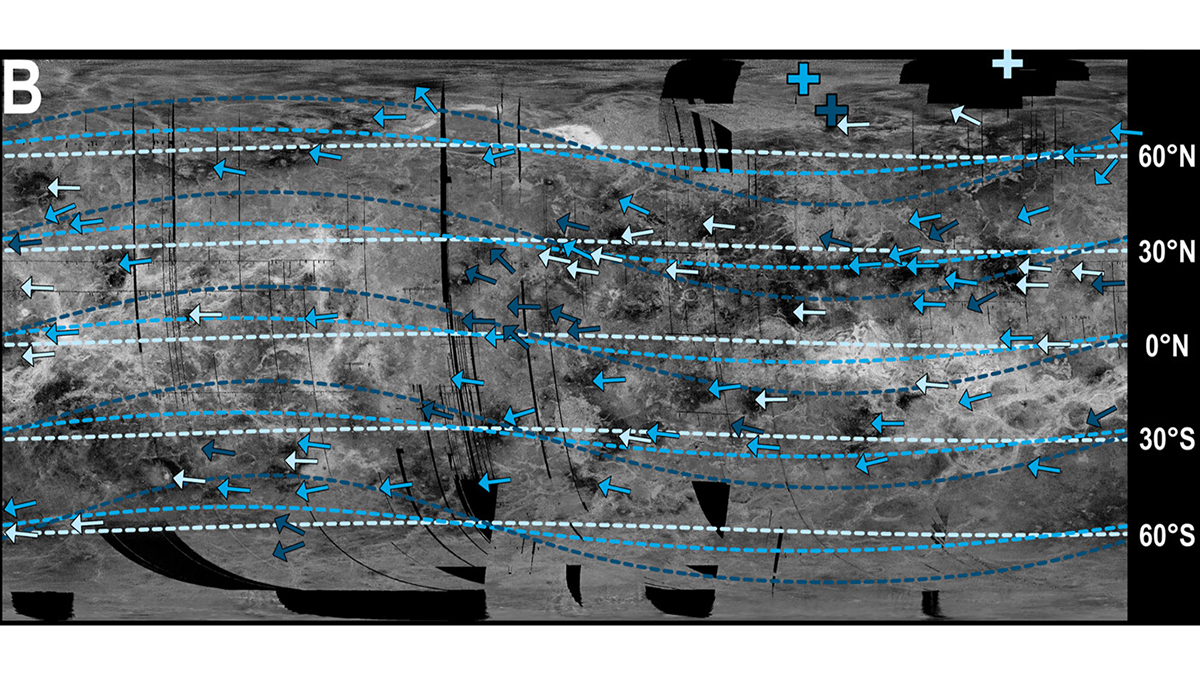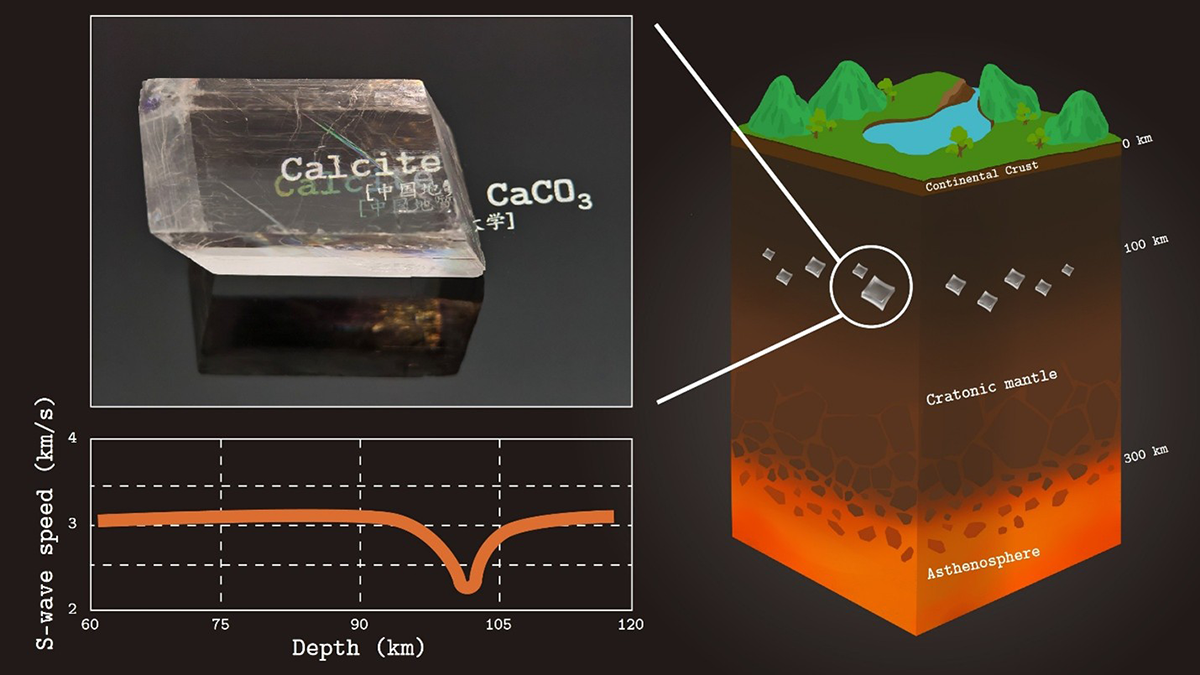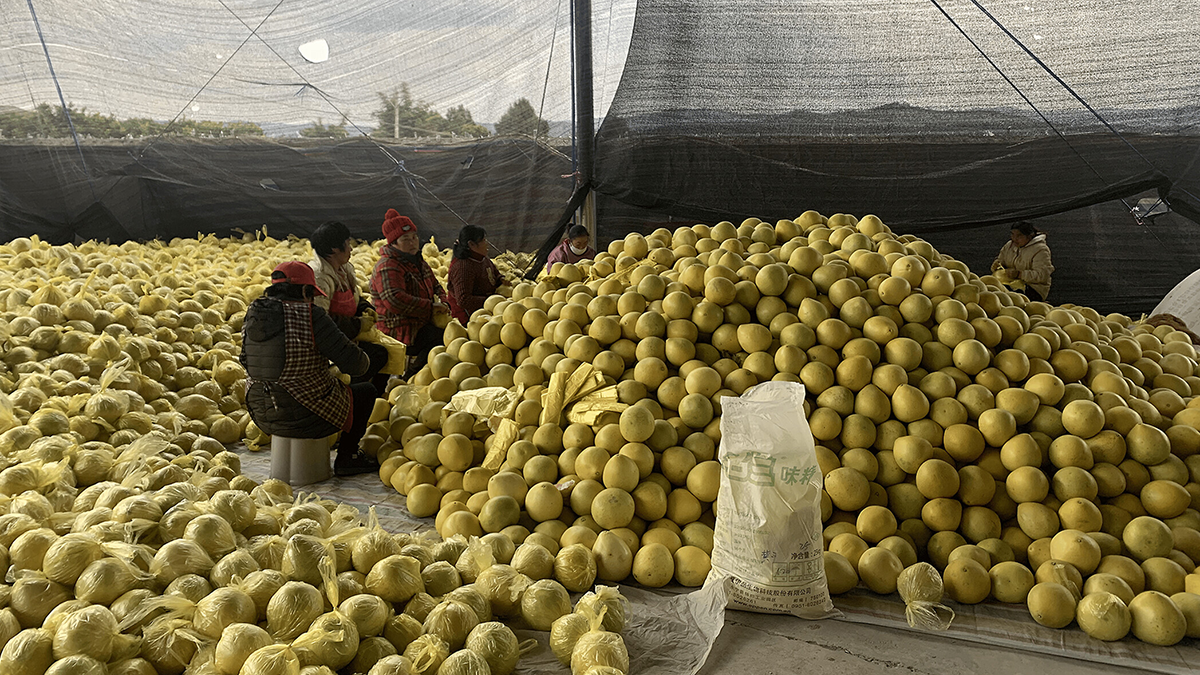New simulations reveal how atmospheric rivers influenced Greenland’s ice sheet during the Last Interglacial—offering clues to future melt in a warming world.
Editors’ Highlights
Voicing Farmers’ Concerns on the Future of Agriculture
A new study explores the deep, multi-faceted concerns of small- and mid-scale farmers about the direction of farming and food systems in the United States.
Serendipity in Space: NASA’s Eye in the Sky
The Orbiting Carbon Observatory-2 (OCO-2) mission, proposed for early termination, has turned out to be a boon to forest and agricultural management.
Rising Temperature and Decreasing Snow Cover Increase Soil Breakdown
With climate change and rising temperatures, soil freeze-thaw – which is in turn causing soil breakdown – may counterintuitively increase in the hillslopes where snow cover is decreasing.
Beavers are Not Concerned About Groundwater
But, scientists are! A new study illuminates the complex interactions of beaver dam induced ponding and floodplain inundation with shallow groundwater storage and flow patterns.
New Evidence for a Wobbly Venus?
The orientation of wind-blown impact deposits on Venus is not consistent with modeled wind directions, suggesting Venus’s rotation axis may have changed.
Unexpected Carbonate Phase Revealed by Advanced Simulations
Advanced simulations reveal a new calcium carbonate phase whose unusual elastic behavior may explain puzzling seismic and electrical anomalies beneath ancient continents.
Are There Metal Volcanoes on Asteroids?
Upcoming NASA observations may reveal whether ferrovolcanism shaped 16 Psyche’s metallic surface and hidden interior.
Rising CO2 and Climate Change Reorganize Global Terrestrial Carbon Cycling
Rising CO2 and climate change are redistributing terrestrial carbon fluxes and reservoirs across latitudes and reducing carbon residence times globally.










